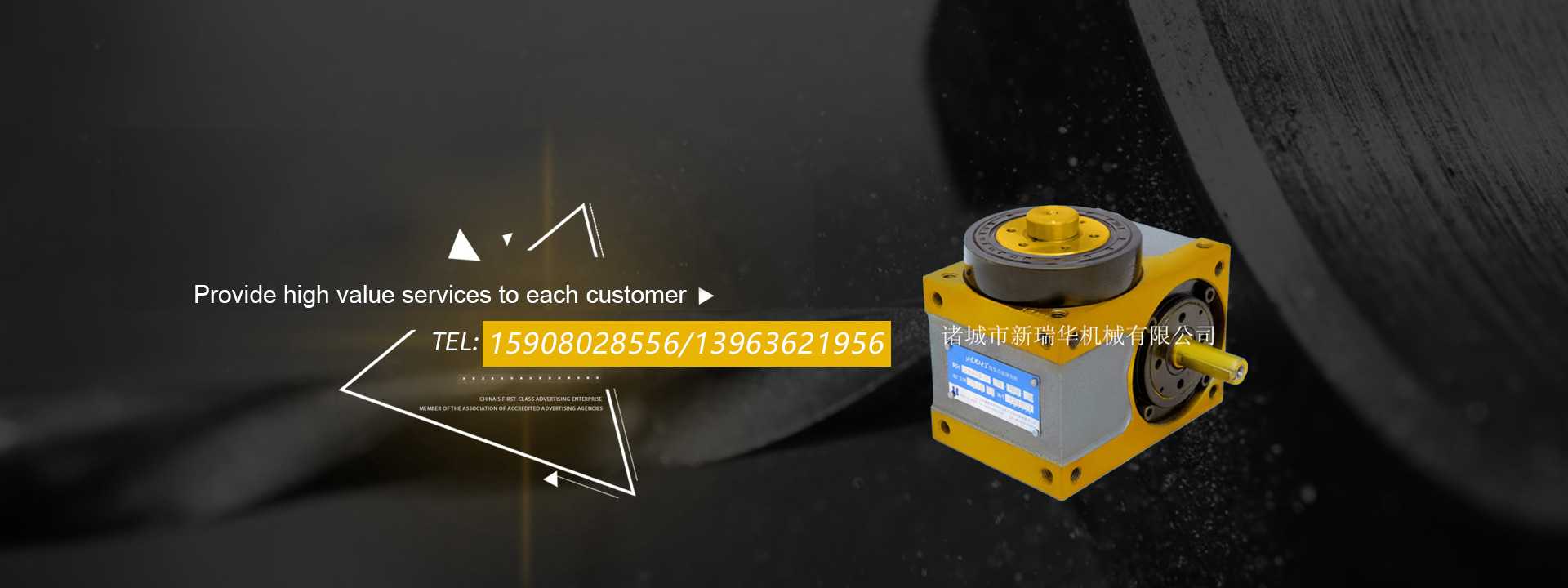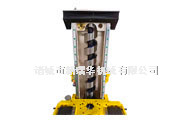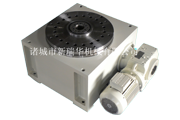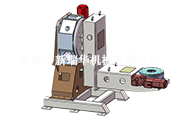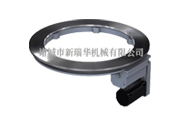The development of the seventh axis of the robot has increased production efficiency in the field of welding. Although the robot seventh axis is a large robot that welds accurately, it is clumsy and often needs to be lifted during welding. At this time, the support of the welding positioner is required. Welding positioner is a common auxiliary product in the welding field, which is mainly used in conjunction with the seventh axis of the robot to speed up welding efficiency. So how to choose the right locator for the robot's seventh axis?
1. The equipment provides protection for the operator against radiation and spatter.
2. The cooperative operation of the seventh axis of the robot and the positioner can improve the accessibility of the weld.
3. When welding thin sheets, the welding speed can be improved and vertical welding can be achieved through displacement.
4. Friendly man-machine interface.
5. When welding the seventh axis of the robot, two sets of worktables can be used. While one workbench is working, the operator can load or unload the workpiece on the other workbench.
6. The weld can be placed in the position of flat welding, especially when welding the weld of critical thickness, this is particularly important.
7. Reduce repeated positioning of the robot, that is, reduce cycle time and wear of the torch hose on the production line.
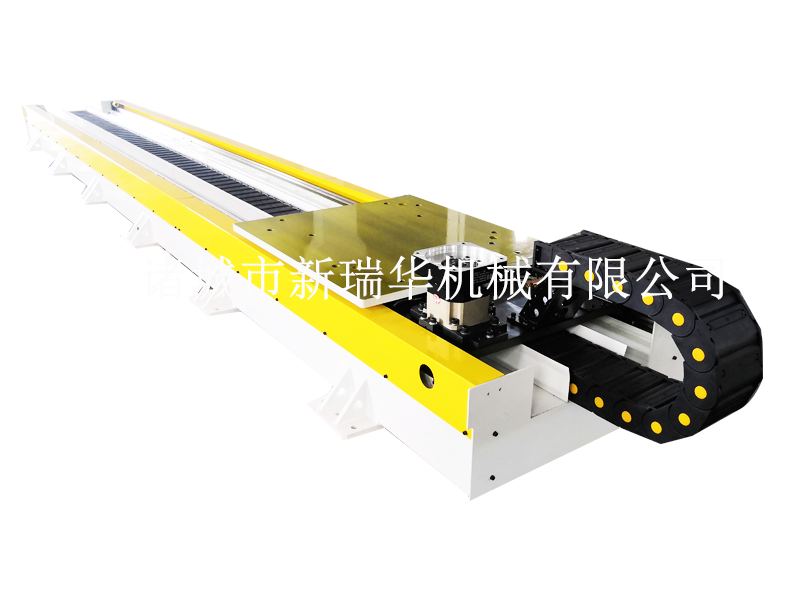
These selection points can help the robot seventh axis to select the right locator device, ensuring its work efficiency and safety. The operation and application of positioner plays an important role in the seventh axis of robot.
Robot seventh axes have three or more programmable axes for use in the field of industrial automation. In order to adapt to different uses, the mechanical interface of the robot's rear shaft is usually a connection flange, which can be used to connect different tools or end effectors. The seventh axis of the robot is to install a welding clamp or welding (cutting) gun on the end shaft flange of the industrial robot, so that it can be used for welding, cutting or thermal spraying.
The hardware part of the seventh axis of the robot adopts flexible control. After the perfect combination of PLC and touch screen, the control can be automated, remote and intelligent, so as to effectively achieve high-precision control effect.
Since the robot seventh axis has different control methods for products of different specifications and shapes, it is necessary to pay attention to doing the hardware part well from all aspects.
In addition, the mechanical structure, control mode, production capacity requirements, environmental protection requirements, safety requirements, speed and height of the robot's seventh axis should also be clarified to meet the actual needs of users, so as to efficiently and accurately complete welding operations.
Before the seventh axis of the robot works, it has to do many processes to determine its safety and whether it can work normally. Check the voltage and current to make sure it is not too high or too low within the rated power range of the machine. But welding will certainly have an impact, under normal circumstances to ensure the effect. In the working process of the seventh axis of the robot, it is inevitable that there will be bad phenomena of derailing or false welding. In order to avoid this situation, all we can do is to take preventive measures as early as possible to minimize the possibility of derailing or false welding.
Secondly, we should pay attention to the parameter setting of the seventh axis of the robot, which needs to be set according to different workpieces, different thicknesses and other factors. Especially regarding the welding speed of the seventh axis of the robot, do not be too fast, otherwise it will inevitably affect the welding quality, of course, do not be too slow, which will not only reduce the work efficiency, but also may cause the welding part to leave a large mark, so to ensure a uniform welding speed.
In fact, after the parameters of the seventh axis of the robot are set, it can be tested first and put into production after passing. In addition, we can not ignore the problem of the workpiece, the workpiece needs to be cleaned before processing, to avoid surface stains affecting the welding effect of the robot's seventh axis. Not only that, but also check the flexibility of the robot's seventh axis rotating components. If it is found that it is not flexible, it must be caused by internal stains or lack of oil. After the safety door switch is checked. If the safety door switch is opened, it is mainly caused by motor failure, so the motor needs to be disassembled for inspection and maintenance.




